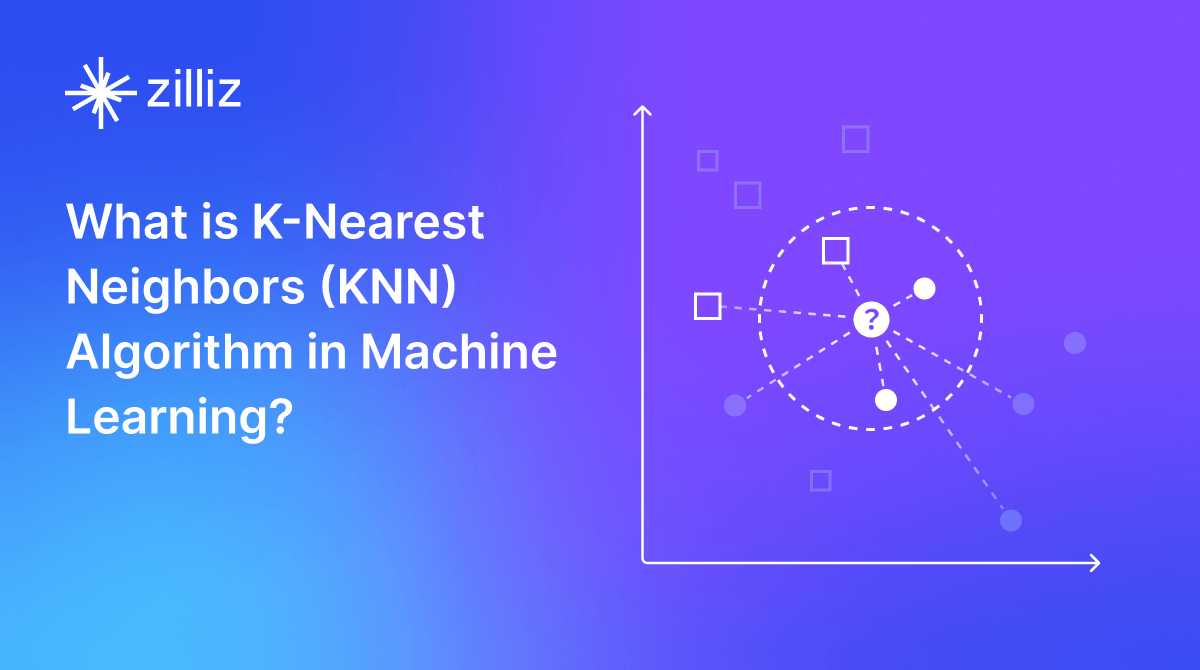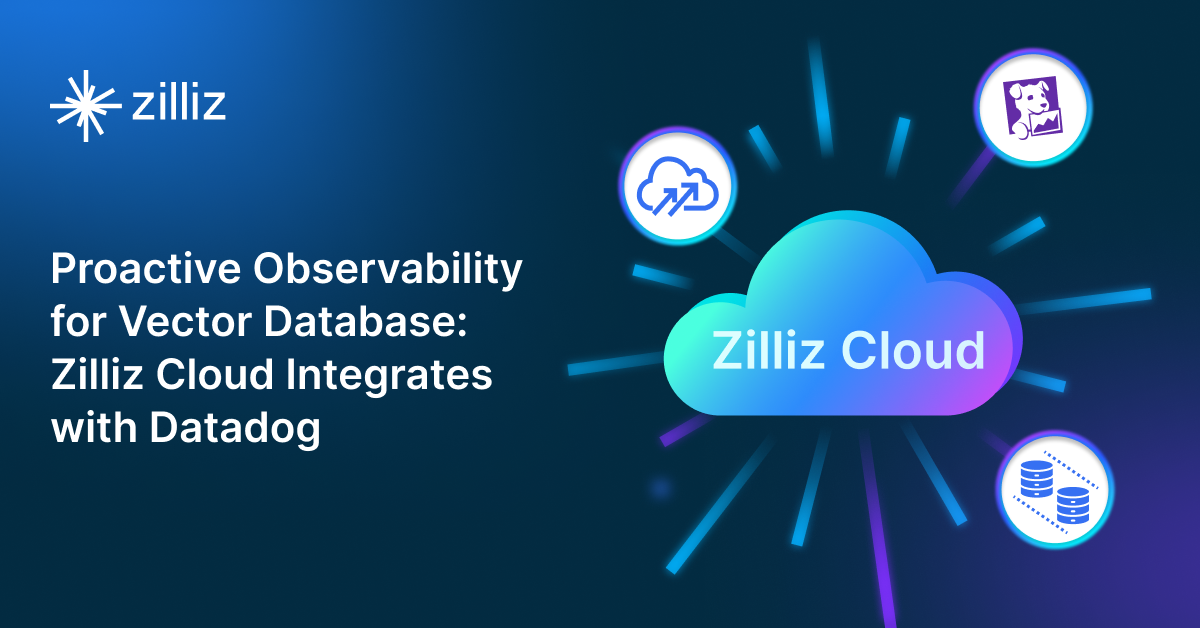AI Video Editing Software: Revolutionizing Video Tech Through Intelligent Search and Automation

Introduction
The video editing industry is experiencing rapid evolution, driven by the explosion of content across streaming platforms, social media, and professional filmmaking. As the scale of video production grows, editors and content creators face challenges in managing massive volumes of footage, streamlining workflows, and improving searchability. AI-driven solutions, particularly vector databases, large language models (LLMs), and large vision models (LVMs), are redefining video editing software by introducing automation, smart search, and real-time collaboration tools. These innovations are accelerating the pace of video production and unlocking new creative possibilities.
Current State & Challenges
The demand for video content is surging, driven by social media, digital streaming, and video-centric marketing strategies. Platforms like YouTube, TikTok, and Instagram, along with the increasing dominance of video-based advertising, have made efficient video editing more critical than ever.
Rising Demand for Video Content: The explosion of short-form videos, live streaming, and influencer-driven content has cemented video editing as a core component of content creation. Businesses are investing in video production to boost engagement, with 91% of companies using video for brand promotion (Source: Mordor Intelligence).
AI and Automation Transforming Editing: AI-driven tools are reducing editing times enabling automated scene detection, object tracking, and intelligent content suggestions. This shift is lowering the barrier for novice editors while enhancing professional workflows. In 2024, Google rolled out AI-powered editing enhancements in Google Photos, underscoring the growing industry focus on automation.
Video-Centric Marketing Accelerating Adoption: With 87% of marketers leveraging video to increase ROI (Source: Mordor Intelligence), companies are ramping up investments in high-quality editing tools. TThe need for seamless, AI-assisted workflows drives demand for professional software and user-friendly mobile apps.
As video continues to dominate digital consumption, addressing these challenges through AI, automation, and more efficient workflows will be key to unlocking the full potential of video editing software.
Despite technological advancements, video editing software still faces several major pain points that hinder efficiency:
Inefficient Asset Management: With terabytes of footage, locating the right clip is time-consuming and often requires manual tagging or browsing through a large number of files.
Manual Editing Processes: Tasks such as scene transitions, object tracking, and subtitle generation require significant manual intervention, making the editing process slower and labor-intensive.
Limited Search Capabilities: Traditional metadata-based search often fails to find specific objects, scenes, or emotions within videos, resulting in frustration and wasted time.
Collaboration Bottlenecks: Large video files pose challenges for remote collaboration, often requiring slow and cumbersome uploads and downloads.
High Processing Costs: Rendering and processing high-resolution video content remains resource-intensive, slowing down production timelines and increasing costs.
How AI & Vector Databases Help
AI-powered solutions are revolutionizing the video editing process by automating tasks and improving searchability:
Semantic Video Search: Vector databases enable AI-powered search, allowing editors to find clips using descriptions such as "sunset beach scene" rather than manually tagging each clip. This significantly enhances search accuracy and speed.
Automated Editing Assistance: AI models can analyze footage to suggest edits, transitions, and scene selections based on visual and audio cues, speeding up the editing process.
Speech and Object Recognition: AI algorithms detect faces, objects, and spoken words within videos, allowing for easier categorization and retrieval of relevant clips.
AI-Powered Transcriptions & Subtitles: Large language models generate accurate real-time subtitles and translations, improving accessibility and streamlining post-production work.
Enhanced Video Recommendations: AI-driven suggestions for stock footage, sound effects, and overlays help editors find the perfect assets quickly, speeding up production.
The Rise of Semantic Search in Media Production
Quickly and easily finding the perfect content in vast media libraries is crucial in media production. Traditionally, this meant manually tagging media assets with keywords, but this method has limitations in accuracy, scalability, and context. AI-powered semantic search—which understands the content's context, meaning, and relationships—takes it further. Instead of relying on keywords, semantic search enables users to find relevant content based on its inherent meaning.
The Shift from Metadata-Based Search to Semantic Search
The transition from metadata-based to semantic searches marks a significant advancement in media production workflows. Several systems that have successfully enabled teams to log and search metadata effectively for many years, often with the help of AI services from cloud providers. These systems enrich metadata through automated tagging, speech-to-text transcription, optical character recognition (OCR), and more. While these innovations have made searches faster, they still rely on predefined taxonomies and keywords, which do not capture the true meaning of the content.
In contrast, semantic search leverages state-of-the-art foundation models to understand the actual meaning and context behind the content. By analyzing the visual elements, spoken words, and other data within the media assets, semantic search engines can comprehend the underlying concepts and relationships rather than relying solely on predefined keywords or taxonomies. This enables more accurate and meaningful search results.
How Semantic Search Benefits Media Production
The accuracy and efficiency of semantic search are particularly valuable in media production environments, where vast libraries of text, audio, video, and image assets need to be searched and retrieved quickly. By understanding the true meaning and context of the content, semantic search engines can deliver highly relevant results—even when the user's query does not match the exact keywords or metadata associated with the media assets.
Instead of hunting for files with exact keyword matches, users can locate assets based on meaning, context, or across different media types. A single image can be used to retrieve related video clips, an audio snippet can surface relevant transcripts or articles, and a text description can help find the perfect sound effect. This multi-modal search capability saves time and sparks new ideas for creative storytelling and content repurposing. Furthermore, it can uncover hidden gems—clips, sounds, or visuals—previously overlooked due to inadequate or missed manual tagging.
How Semantic Search Works
At the heart of semantic search lies a process where media encoders play a key role. A media encoder is a tool that takes raw media, such as videos or audio files, and converts them into a format that computer systems can understand and analyze. Much like a translator, it helps computers "read" media files.
During this process, the encoder extracts key features like images, sounds, and words, converting them into numerical representations called embeddings. These embeddings serve as digital fingerprints that capture the essence of the content, including its visual, audio, and textual components. These embeddings are then stored in an embedding database. This digital library allows the system to quickly locate and compare similar media files based on these numerical representations as part of the semantic search process.
Future Outlook
The future of AI in video editing software promises even more advanced tools and capabilities, with multimodal search and AI-driven retrieval enhancing semantic search and overall production workflows.
Multimodal Foundation Models: Models like Marengo and Pegasus from Twelve Labs are pioneering information fusion across different modalities (video, audio, text). These models, trained on massive multimodal datasets, will enable more sophisticated search engines to understand complex relationships between different types of media content.
Enhanced Data Integration: Integrating knowledge graphs, scripts, and transcripts with semantic search systems will provide a richer contextual understanding. Knowledge graphs will map relationships between entities, while script integration will enable precise searching of dialogue and narrative elements.
Personalized Semantic Search: Future systems will adapt to individual user preferences and behavior patterns, delivering more relevant search results based on each editor's unique needs and working patterns.
Real-time AI Editing Assistants: AI-driven tools will suggest edits, trim clips, and dynamically generate scenes, making the editing process even faster.
Improved Video Compression: AI-powered encoding techniques will reduce file sizes while maintaining high quality, easing collaboration and streamlining storage management.
Automated Storyboarding: AI-driven scene analysis will automatically create storyboards, allowing editors to visualize their project before the editing begins.
Deepfake and Synthetic Media Applications: Ethical AI tools will empower filmmakers and content creators to generate realistic CGI and deepfake content, opening up new creative possibilities.
Cloud-Based Collaborative Editing: AI-powered vector search will improve real-time collaboration, enabling distributed teams to work efficiently across locations and time zones.
Benefits of AI in Video Editing Software
AI integration brings multiple advantages to video editing workflows, enhancing everything from creative decisions to operational efficiency:
Faster Editing Workflows: Automated scene detection, search, and AI-driven recommendations reduce the manual effort involved in editing.
Enhanced Search Accuracy: AI-powered semantic search helps retrieve clips based on contextual meaning, eliminating reliance on manual tagging and improving search precision.
Cost Savings: With efficient video processing and automation, production costs are lowered, and resource use is optimized.
Better Organization & Collaboration: AI-driven metadata and cloud-based vector databases enable seamless content management, facilitating team collaboration.
Increased Creativity: By handling repetitive tasks, AI frees editors to focus on storytelling and creative decisions, leading to more innovative results.
Case Study: Revolutionizing Media Asset Management: A Case Study in Semantic Search Integration
Integrating semantic search capabilities into Media Asset Management (MAM) systems significantly advances how media organizations handle their content libraries. Traditional keyword-based systems, while functional, often struggled with the complexity and volume of modern media assets. Leading media technology providers recognized this challenge and embarked on an innovative journey to enhance their platforms with advanced semantic search capabilities. The integration not only streamlined content discovery but also transformed how media professionals interact with their archives.
The implementation's success became evident through demonstrations at major industry events like NAB and IBC, where vendors showcased their recommendation engines within cloud-based MAM platforms. These sophisticated systems go beyond basic text matching – they understand context and relationships within content. For instance, when journalists write scripts, the system automatically suggests relevant media assets based on direct keyword matches and contextual understanding. Under comprehensive AI frameworks, companies continue to expand these capabilities across their product portfolios. The results have been remarkable: journalists and editors report significant time savings in content discovery. At the same time, organizations have seen increased utilization of their archived materials, effectively maximizing their return on investment in media assets.
Recommendations for Adoption
To integrate AI and vector search into video editing workflows, companies should take the following steps:
Assess Workflow Bottlenecks: Identify areas where AI-powered automation can save time and increase efficiency.
Leverage Multi-modal Vector Search for Asset Management: Implement AI-driven search tools to enable quick clip retrieval based on content description.
Use AI for Auto-Tagging & Metadata Enrichment: Reduce the manual effort of tagging footage by relying on AI to generate relevant metadata automatically.
Implement Cloud-Based Editing Solutions: Improve collaboration and remote access by adopting cloud-native video editing platforms.
Monitor AI-Driven Performance Gains: Continuously refine AI models and workflows to improve accuracy and efficiency over time.
How Zilliz Cloud Helps
Zilliz Cloud provides an enterprise-grade vector database tailored for AI video editing applications. By leveraging Zilliz Cloud, companies can:
Enable Semantic Multi-modal (Video, Audio, Image, Text) Search: Find clips instantly using AI-powered vector embeddings that understand content meaning.
Scale Video Processing Efficiently: Handle massive datasets with low-latency retrieval, ensuring fast processing even with large video files.
Improve Collaboration: Cloud-native architecture ensures seamless access across distributed teams, eliminating collaboration bottlenecks.
Optimize AI Performance: Zilliz Cloud’s advanced indexing and retrieval capabilities speed up video workflows and maximize AI performance.
By integrating AI and vector search, video editing software can achieve new efficiency, creativity, and scalability levels, ensuring content creators stay ahead in an increasingly competitive and fast-paced digital landscape.
Next Steps: Adding AI to Your Video Editing Tool
Ready to integrate AI features into your video editing tool and improve workflows? Here’s how to get started:
Start Small, but Think Big
Focus on adding AI-powered search or editing features to a specific part of your tool, such as clip retrieval, scene analysis, or automated transitions.
Work with Zilliz Cloud’s team to set up a proof of concept demonstrating the capabilities of semantic video search and AI-driven editing suggestions.
Measure performance improvements, such as faster clip retrieval, reduced editing times, or enhanced collaboration, to assess ROI.
Engage with Experts
Schedule a consultation with Zilliz Cloud’s solutions team to assess your tool’s needs and determine where AI can provide the most value.
Get guidance on embedding video content and leveraging vector search for efficient asset management and AI-driven recommendations.
Learn from other developers integrating AI into video editing tools to streamline workflows and enhance the user experience.
Quick Wins First
Start by implementing semantic search to improve video asset discovery—allow users to search using natural language descriptions like “night cityscape.”
Test AI-driven editing features such as automated scene transitions, audio analysis, or automatic subtitle generation to reduce manual tasks.
Enable real-time collaboration using cloud-native architecture, allowing users to work with large video files without long upload/download times.
Ready to enhance your video editing tool with AI and vector search capabilities? Contact our team to schedule a demo and explore how these technologies can optimize your tool’s features and workflow.
- Introduction
- Current State & Challenges
- How AI & Vector Databases Help
- Future Outlook
- Benefits of AI in Video Editing Software
- Case Study: Revolutionizing Media Asset Management: A Case Study in Semantic Search Integration
- Recommendations for Adoption
- How Zilliz Cloud Helps
- Next Steps: Adding AI to Your Video Editing Tool
Content
Start Free, Scale Easily
Try the fully-managed vector database built for your GenAI applications.
Try Zilliz Cloud for FreeKeep Reading

Expanding Our Global Reach: Zilliz Cloud Launches in Azure Central India
Zilliz Cloud now operates in Azure Central India, offering AI and vector workloads with reduced latency, enhanced data sovereignty, and cost efficiency, empowering businesses to scale AI applications seamlessly in India. Ask ChatGPT

What is the K-Nearest Neighbors (KNN) Algorithm in Machine Learning?
KNN is a supervised machine learning technique and algorithm for classification and regression. This post is the ultimate guide to KNN.

Proactive Monitoring for Vector Database: Zilliz Cloud Integrates with Datadog
we're excited to announce Zilliz Cloud's integration with Datadog, enabling comprehensive monitoring and observability for your vector database deployments with your favorite monitoring tool.
